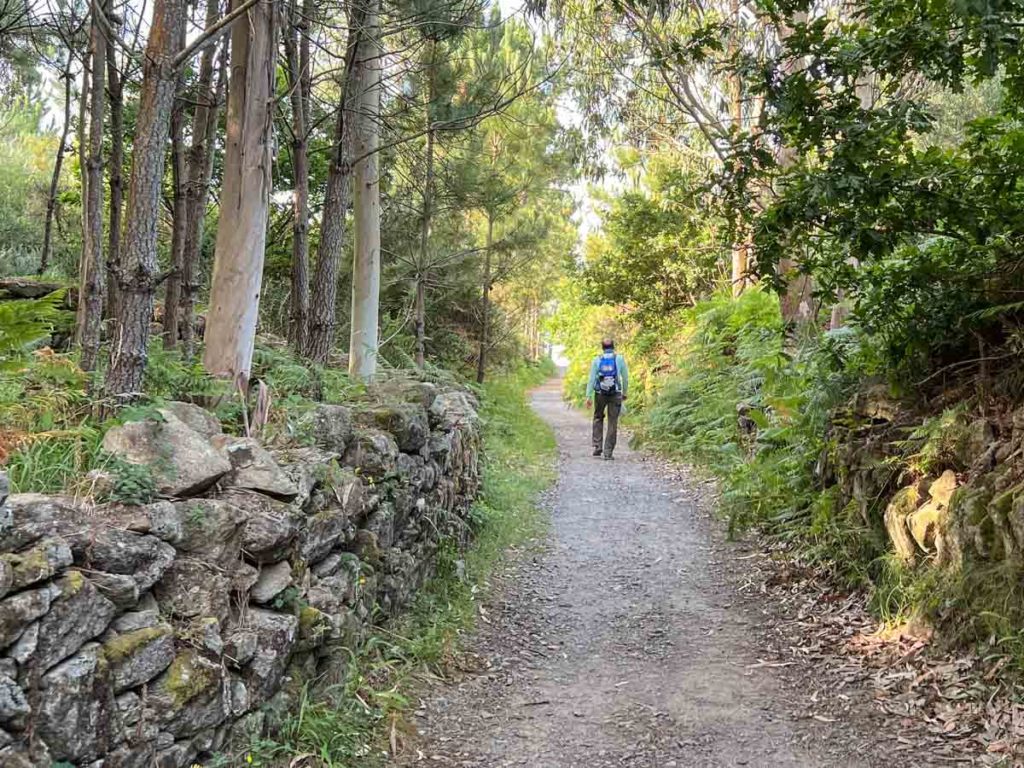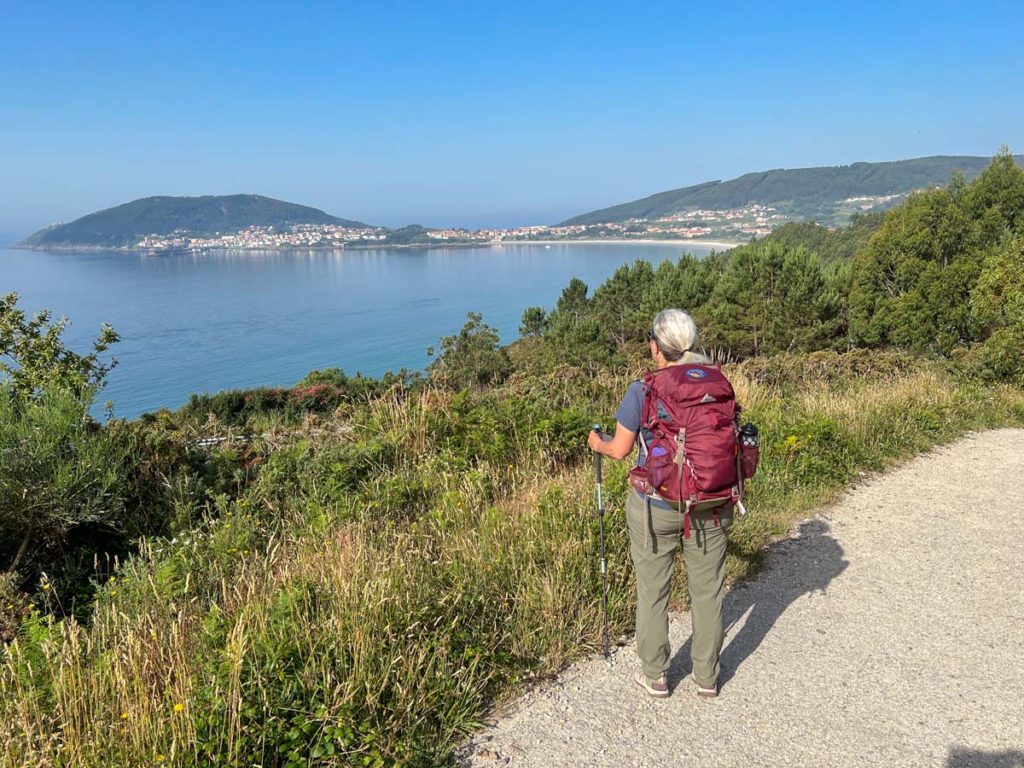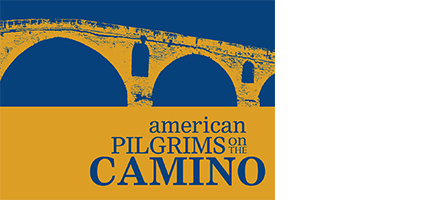Camino Route Overview: Camino Finisterre & Muxía
Are you considering the Camino de Finisterre (or MuxÍa)? This route overview for the popular Camino extension will give you some information on where it starts (and ends), routing options, distances, key towns, when to go and some tips on how to get there.

About the Camino Finisterre (and Muxía)
Walking to Finisterre and/or Muxía is a common extension for the many routes that end in Santiago de Compostela. The route is essentially a triangle between Santiago, Finisterre and Muxía. The more popular Finisterre option is 93 kilometers and ends at the lighthouse at Cape Finisterre. It’s another 28 kilometers to continue on to Muxía.
The route goes through Negreira, Olveiroa, Cee and Corcubión to the port of Finisterre and on to the lighthouse.
This route is popular for pilgrims for the lovely coastal views at the end. Finisterre means “the end of the world” or “land’s end”, which makes it a fitting place for many to finish their pilgrimage. Both Finisterre and Muxía are also peaceful coastal towns and nice places to relax after a long pilgrimage.

Routing the Camino de Finisterre
All Camino de Santiago routes end in Santiago de Compostela. Santiago is therefore the logical starting point for a pilgrimage to Finisterre and Muxía. You can go one way to Finisterre, and then on to Muxía, or you could do the reverse. Another option is to start in Muxía, transiting Finesterre and then on to Santiago. This 121 km routing qualifies for the compostela.
- To Finisterre: 93 kilometers, 4-5 days
- Between Finisterre and Muxía: 28 kilometers, 1-2 days
- To Muxía: 88 kilometers, 4-5 days
- Muxía to Finesterre to Santiago: 121 km, 5-6 days
How to Get Onto the Camino de Finisterre Route
If you aren’t already in Santiago and are coming just to do Finisterre/Muxía, you can fly to Santiago de Compostela (SCQ) from both Madrid and Barcelona, as well as multiple other cities in Spain. SCQ also has nonstop flights from other major European cities including Dublin, London, Geneva, Paris, Brussels, Amsterdam, Zurich, Milan and more.
You can also use the high-speed AVE train between Madrid and Santiago. From Porto, there are bus and train connections.
Renfe is the train booking service for Spain. ALSA, Monbus and Flixbus are the primary long-distance bus services in Spain. And you can use Rome2Rio to help figure out some of the on-the-ground logistics.

Camino Finisterre Waymarking
Galicia has done an excellent job of maintaining its Camino waymarking. And like other routes, you’ll find a mix of concrete bollards, painted arrows, embedded shell symbols and wooden trail signs. The marker that indicates the trail split for Finisterre and Muxía is very obvious.
Notable Stops
The Ponte Maceira is a beautiful 13th-century bridge across the Río Tambre. It’s a lovely place to stop and soak your feet in the cool river water. Santa Mariña has a lovely historic church and graveyard. Once in Finisterre, drop your pack and carry on out to the lighthouse on the cape. This is where you’ll find the 0.0-kilometer marker and it’s a nice spot to see the sunset. Muxía has a quiet coastline with pretty beaches.
The Terrain
The terrain is a mix of sidewalks, quiet country roads, dirt farm roads and forest trails. There are some river crossings and drainages, and there’s a descent as you arrive in Finisterre.
When to Go to Finisterre & Muxía
The region has a cool coastal climate and year-round temperatures don’t vary much. Although the chance of rain does vary and the driest months are May-September.
Accommodations & Services
The route is well-served by both albergues and private lodgings. The guidebook stages tend to recommend several long days on the way to Finisterre, but it’s not due to lack of lodging. Some of the smaller towns with albergues may not have other services like restaurants and pharmacies.
Check out our Camino albergue guide for more info on how lodging works on the Camino.
Camino Finisterre Guidebooks
The map image at the top of this page comes from this Google map which includes GPX tracks for the triangular routing. This map is a useful planning tool, but it’s not meant to be your key resource. For more guidance, we recommend one of the resources below, or load in your own GPX tracks, available from the Spanish Camino Federation.
Some of the guidebooks and apps attach the Finisterre/Muxía route to their Camino Francés guidebook, and yet others have separate resources. Check out our guidebook and apps page for more resources.
You can also get information from the Galician Xunta (government) — their guide includes a list of albergues and notable natural and historical sites.
More Camino Resources
Get your pilgrim credential from us in advance of your Camino.
Be sure to check out our FAQs on planning your Camino and what to expect while on the trail. Or explore other Camino routes.
If you have more questions, be sure to connect with one of our more than 55 local American Pilgrims chapters or join us in our Facebook group.
Rev 11/5/2025

